|
Palmanova is located in the Friuli-Venezia Giulia region in northeastern Italy, about 70 miles east of Venice. The town is protected inside its massive star-shaped fortress walls, a wonderful example of this type of the Late Renaissance fortressa built by the Venetian Republic in 1593. The fortifications were included in UNESCO's World Heritage Site list in 2017. The unique thing about Palmanova is that the entire town and expansive piazza was designed and built within the shape of a nine-pointed star fortress, designed by Vincenzo Scamozzi. Between the points of the star, ramparts protrude so that the points could defend each other from attacking forces. A moat surrounded the town with three large, guarded entry gates. The construction of the first circle, with a total circumference of 4 miles, took 30 years. A second phase of construction took place between 1658 and 1690, and the outer line of fortifications were completed between 1806 and 1813 under the Napoleonic domination. The final fortress consists of: 9 ravelins, 9 bastions, 9 lunettes, and 18 cavaliers. Since Palmanova was built during the Renaissance, its design fit in extremely well with Thomas More's social philosophy of a Utopian society. The Utopian concept requires geometrical harmony in the design public spaces, supposing that if the living space was protected from harm, plus offered esthetic beauty, comfortable public and residential spaces, and a pleasant place to live, its citizenry will be healthy, successful and content. Think of it as being the Renaissance's idea of Feng Shui. Each road and street were carefully calibrated and each part of the plan had a reason for being. Each person would have the same amount of responsibility, living or working space, and each person had to serve a specific and balanced purpose. Even the fortifications were built with the Utopian concept in mind, with the outer ramparts looking simply like a forest as the town was approached, essentially hiding the town from potential enemies. This effect is still evident today in stark contrast to the very visible hill towns common in most other regions of Italy. Although Palmanova was praised as one of the most successful Renaissance planned towns, at first regardless of its elegant and rational layout, almost nobody moved to the town. Venice was forced to pardon criminals, offering them free building lots just to help populate the town. Still today, even though Palmanova is a pristine, well laid out town, to visitors it has a totally different feel than most Italian towns, which evolved gradually, in a hodgepodge manner with varied building styles, sizes, colors and textures. This town definitely looks like it was designed and built almost like a modern development... all the buildings are similar style, similar height and the streets are laid out in mathematical precision. Obsessive Compulsive Disorder (OCD) types will feel right at home here. Still, today Palmanova is a wonderful place to visit, its Piazza Centrale being the perfect place to host many sagre and festivals. Visit in July and you can enjoy an historical re-enactment which takes places on the day of the Festival of the Redeemer. Tourists can enjoy guided visits to the fort and experience the Venetian cuisine of the 15th century. There is also the Museo Storico Militare (Military History Museum) with an amazing array of exhibits of Renaissance and Napoleonic era weapons and technology. You can enjoy cycling around the bastions in warmer months. The Duomo Dogale (formerly the Duke's palazzo) is a wonderful cathedral to visit during the Christmas season if only to enjoy the wonderful display of presepe (nativity scenes). Palmanova Events Getting there...
Just two miles from town is the train station Scalo Ferroviario. Venice is about 90 minutes away by car on the A4. Trieste is less than an hour east via the A4. The beach town of Grado is only 30 minutes by car and itself can be a great place to stay, keeping Palmanova on your itinerary as a day trip. --GVI 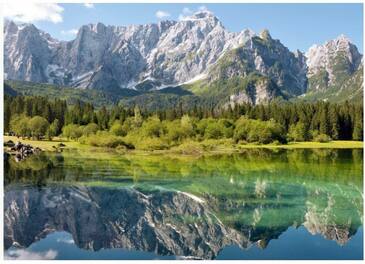 From our contributor, Anthony J. DiLaura A lesser known and less frequently touristy region of Italy is that of Friuli-Venezia Giulia. It is bordered by Austria and the Dolomite mountains, Slovenia and the Adriatic Sea. The Capital City is Trieste and the area was part of the Austro-Hungarian Empire in the nineteenth century. Friuli-Venezia Giulia is populated by 1.2 million inhabitants, characterized by the spectacular beauty of its snow capped mountains to the North, its verdant valleys and pastures, mountain sloped vineyards and deep blue waters of the Adriatic. The region, although part of Italy, is one of five autonomous regions with special statute. The regional capital is Trieste. The city of Venice (Venezia) is not in this region, despite the name. Friuli-Venezia Giulia has a rich ethnicity of Austrian and Slavic origin, reflected in the language spoken there and the amazing cuisine found in the local eateries. I had the pleasure of visiting there a few years ago traveling from Ljubljana, Slovenia to Venice. Things to Do in Friuli-Venezia Giulia Friuli Venezia Giulia Trekking Guide
Prosciutto di San Daniele Tours in Udine Frulian Wine Tours Ancient Roman Archeological Site at Aquileia Grotta Gigante, the Largest Cave on Earth Alpine Bob Coaster in Tarvisio Gorizzia Castle and its Musical Instrument Museum Tandem Para-Gliding Cross-Border Skiing and Snowboarding |
Categories
All
Archives
May 2023
|

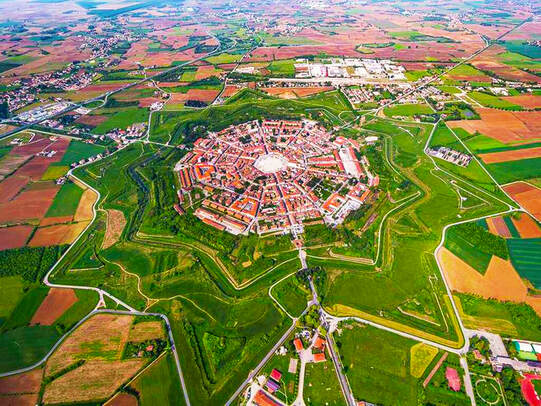
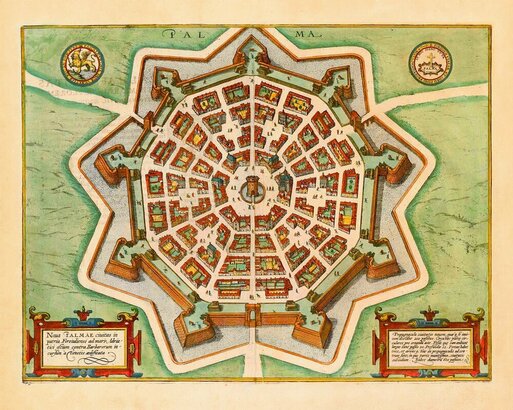
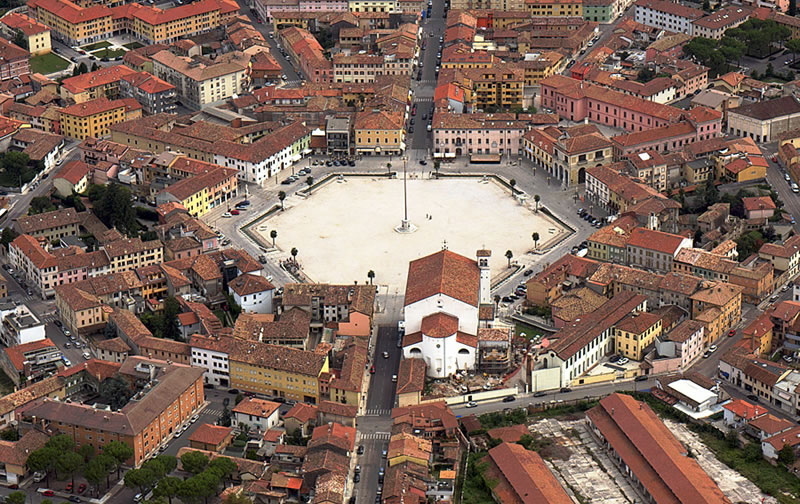
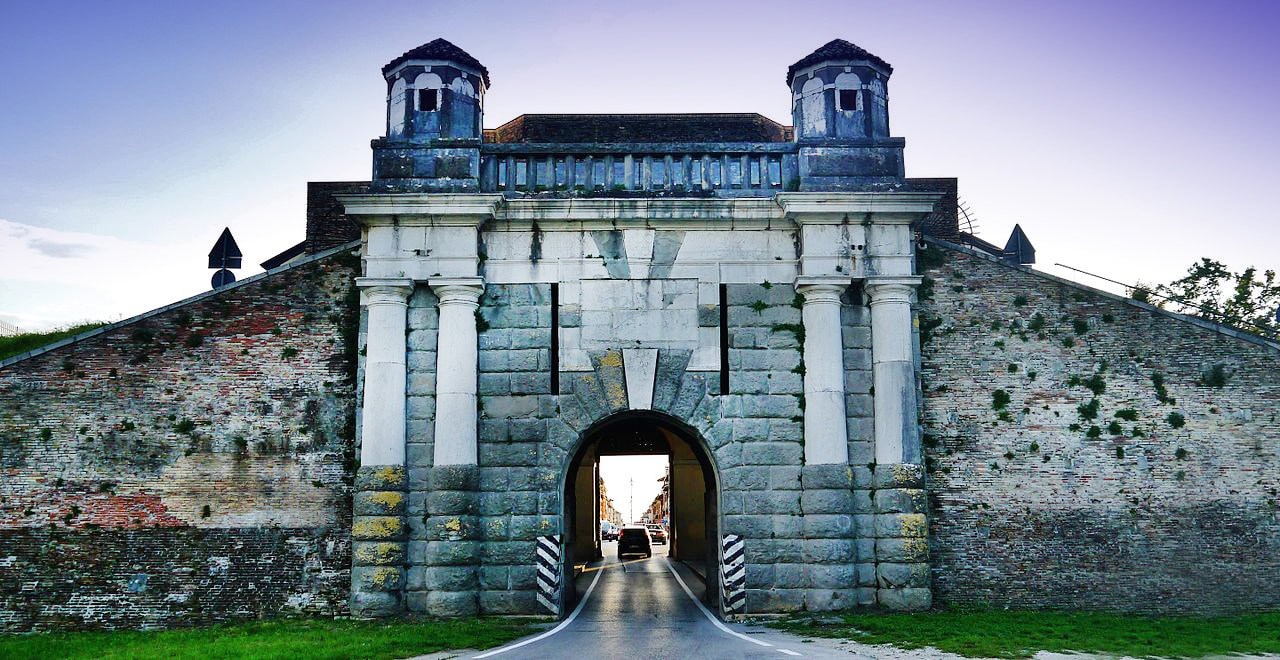

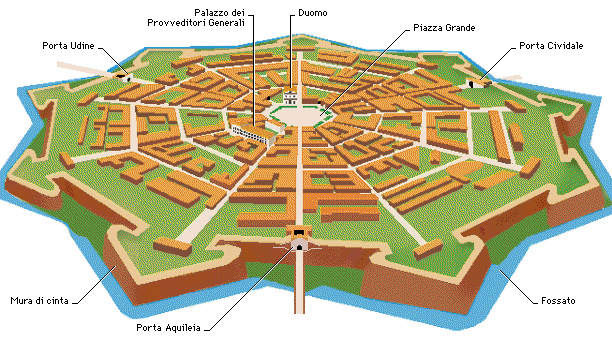
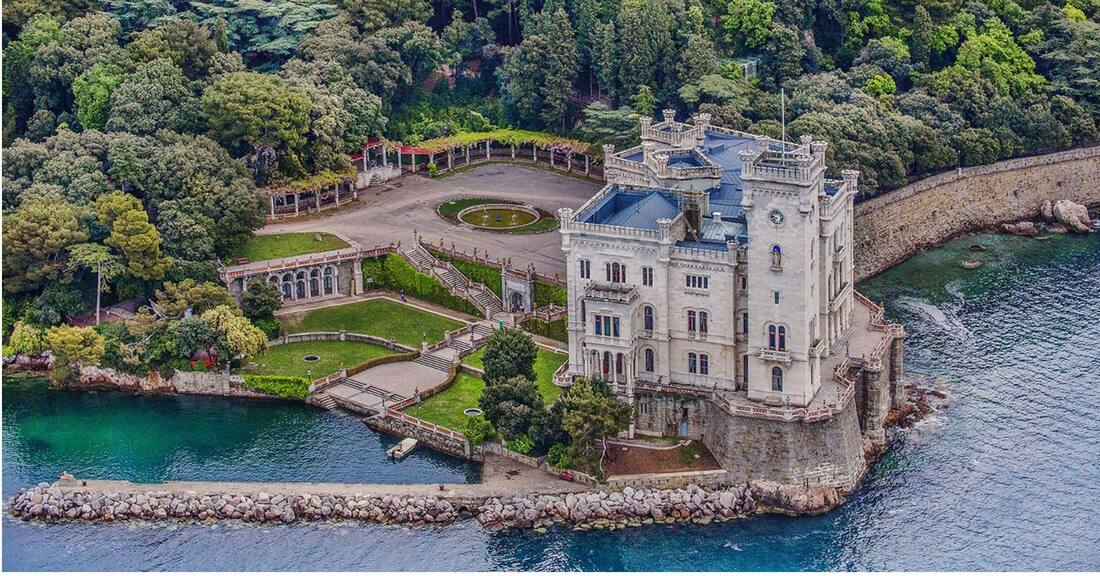
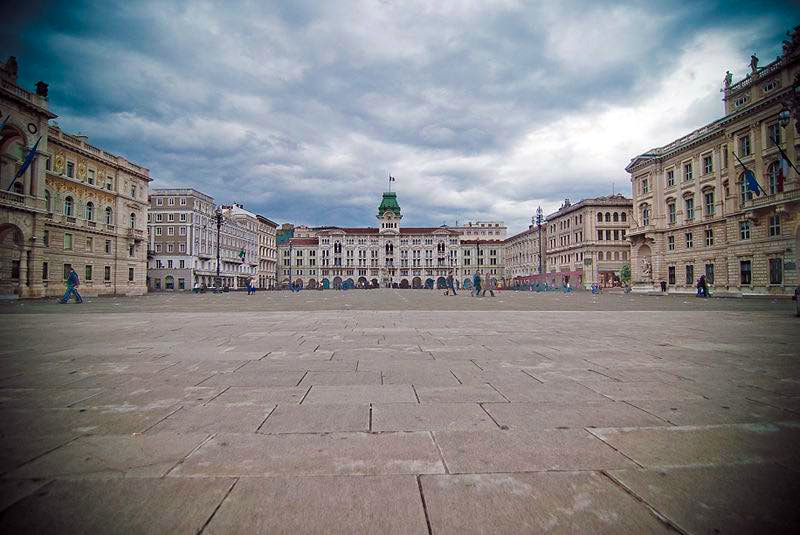
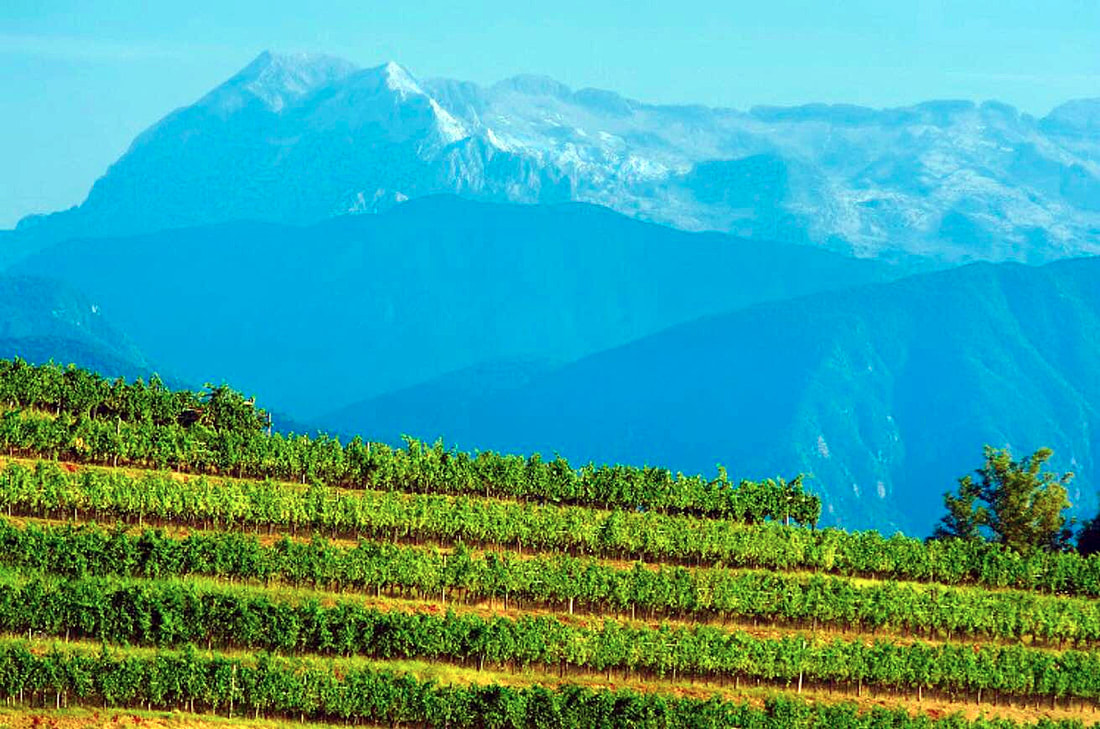


 RSS Feed
RSS Feed
